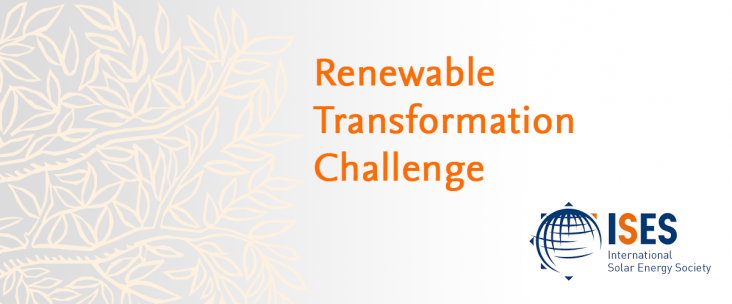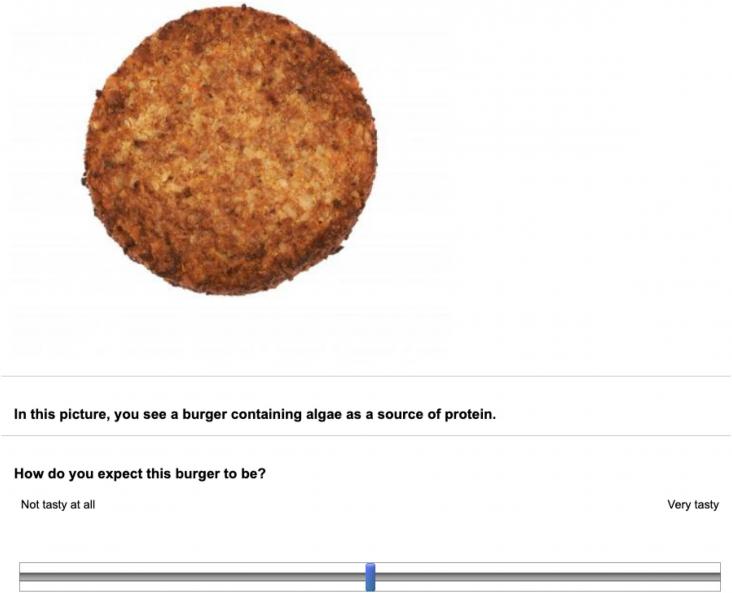Ocean Acidification and Marine Wildlife, 2021, pp 247-263

Or Aleksandrowicz, Chapter 1 - Mapping and management of urban shade assets: a novel approach for promoting climatic urban action, Editor(s): Ansar Khan, Hashem Akbari, Francesco Fiorito, Sk Mithun, Dev Niyogi, Global Urban Heat Island Mitigation, Elsevier, 2022, Pages 1-27, ISBN 9780323855396, https://doi.org/10.1016/B978-0-323-85539-6.00003-2


A nudge experiment was performed to evaluate the effectiveness of presenting a menu with the dish-of-the-day (DoD) vs.
Despite the improvement in technologies for the production of alternative fuels (AFs), and the needs for using more AFs for motor vehicles for the reductions in air pollution and greenhouse gases,
